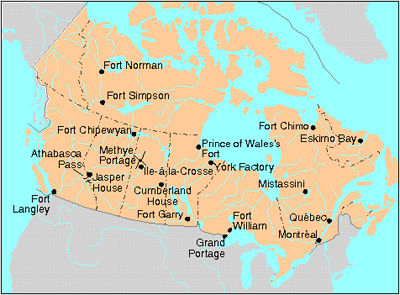Article
Functionalism
FunctionalismFunctionalism is a concept of world order developed in the early 20th century by such writers as Leonard Woolf and David Mitrany, who argued that if nations joined in economic and social interdependence, and if national well-being depended upon the maintenance of peace, then war would be less likely. This theory influenced the founders of the UNITED NATIONS, with its specialized functional agencies and its organs for security and for economic and social questions. Canadians...







